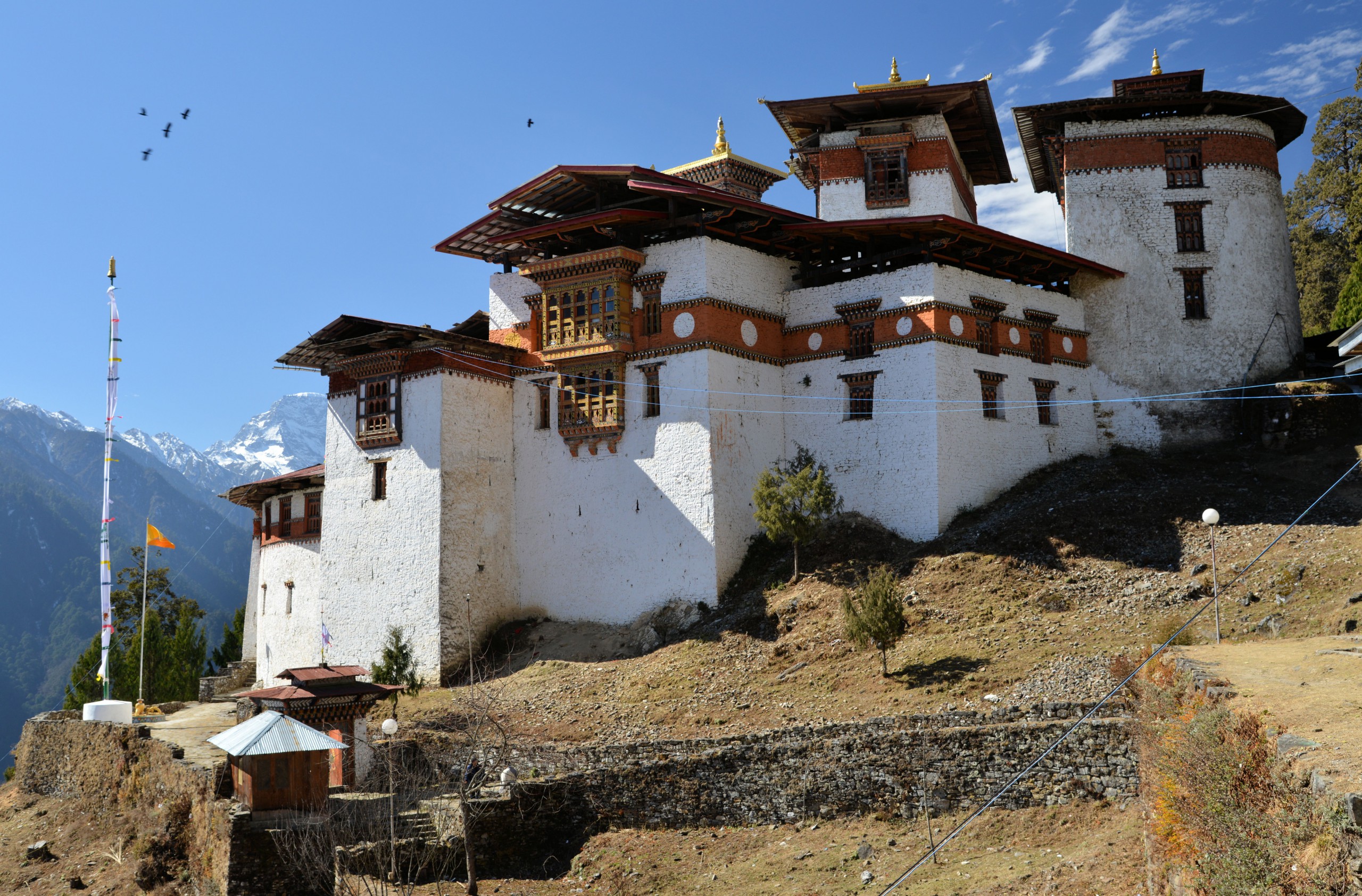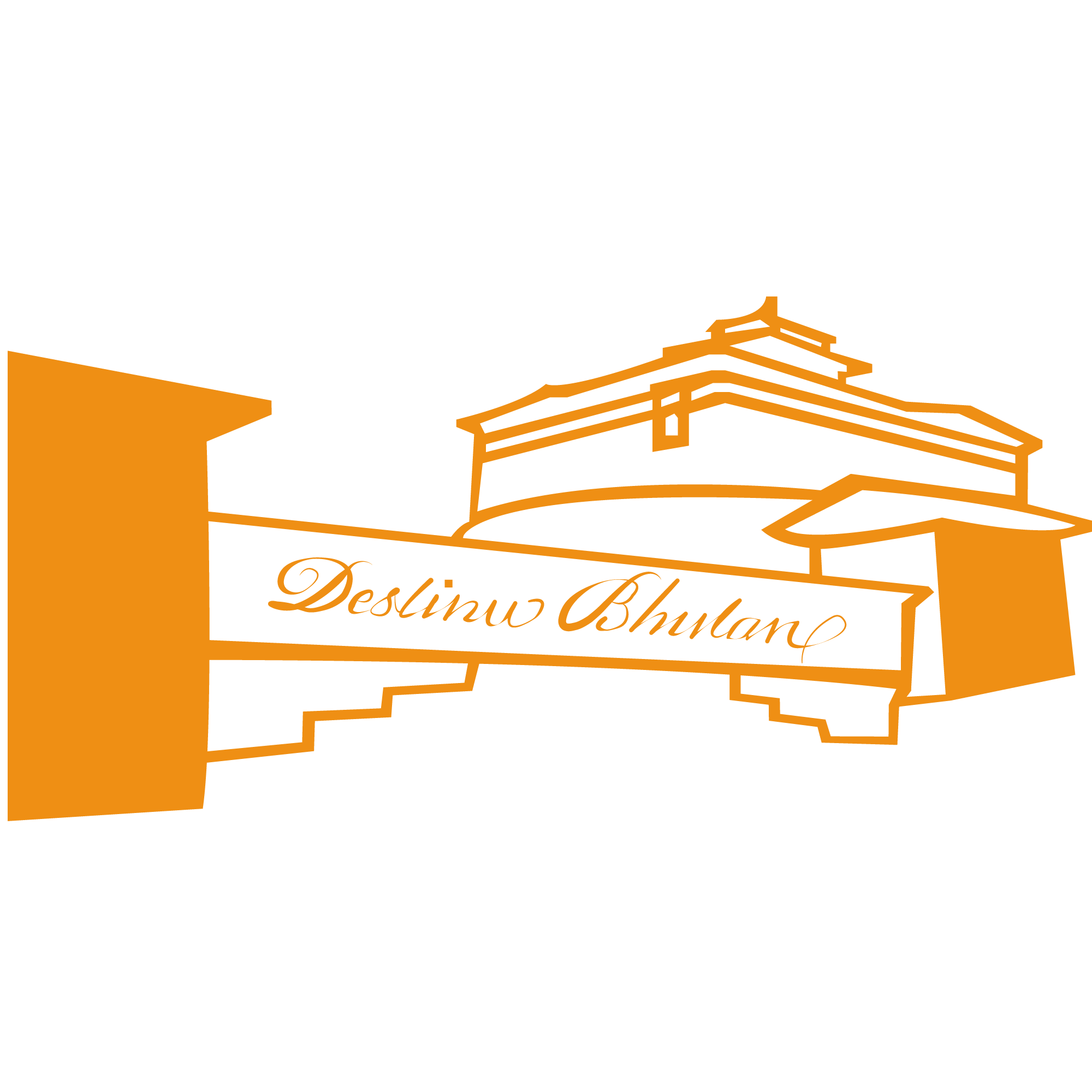Dzongs,Lhakhangs,Goenpas and Chortens
Architecture
The Dzong represents a unique architectural marvel. Hundreds of wooden planks are joined together without a single nail and no formal architectural plan goes into its construction.

Among the diverse architectural expressions of the country, the castle-like Dzongs, with their massive stone walls, large courtyards and beautiful architectural details and galleries, are the finest examples of Bhutanese architecture. Impressive monasteries, set in commanding positions on hilltops or at the confluence of rivers, are the administrative centers of their regions.
Secular architecture in Bhutan finds its main form in traditional farmhouses. Bhutanese houses have a distinct character from those of other Himalayan countries. Due to steep terrains they are usually built as scattered houses or in clusters, rather than in rows. Most traditional houses are relatively spacious and take advantage of the natural sunlight. Family dwellings are often three storied, with room for livestock on the ground floor, storage and sometimes living quarters on the second floor, while the third floor houses living quarters and a Choesham (shrine). Between the third floor and the roof an open space is usually kept for open-air storage. Boulders over the lath are used to hold down the shingles on the roof truss. Windows and doors are normally painted giving the house a very festive appearance. Floral, animal and religious motifs are mainly used as themes for colourful paintings. The typical construction materials used in traditional Bhutanese houses are timber, stone, clay and bricks.

